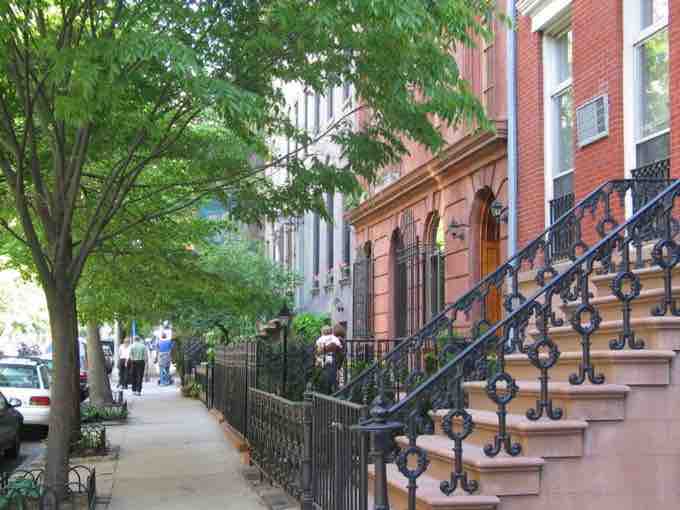A neighborhood is a geographically localized community within a larger city, town, or suburb. Neighborhoods are often social communities with considerable face-to-face interaction among members. Neighborhoods are typically generated by social interaction among people living near one another. In this sense, they are local social units larger than households, but not directly under the control of city or state officials. In some preindustrial urban traditions, basic municipal functions such as protection, social regulation of births and marriages, cleaning, and upkeep are handled informally by neighborhoods and not by urban governments; this pattern is well documented for historical Islamic cities. In addition to social neighbourhoods, most ancient and historical cities also had administrative districts used by officials for taxation, record-keeping, and social control.
Specialization and Differentiation
Neighborhoods in preindustrial cities often had some degree of social specialization or differentiation. Ethnic enclaves were important in many past cities and remain common in cities today. Economic specialists, including craft producers, merchants, and others could be concentrated in neighborhoods. Other neighborhoods were united by religious persuasion. One factor contributing to neighborhood distinctiveness and social cohesion was the role of rural to urban migration. This was a continual process for preindustrial cities in which migrants tended to move in with relatives and acquaintances from their rural past.
On another level, a community is a group of interacting people, living in some proximity. Community usually refers to a social unit—larger than a household—that shares common values and has social cohesion. The sense of community and formation of social networks comprise what has become known as social capital.

Chelsea
This image is of Chelsea neighborhood of Manhattan in New York City.